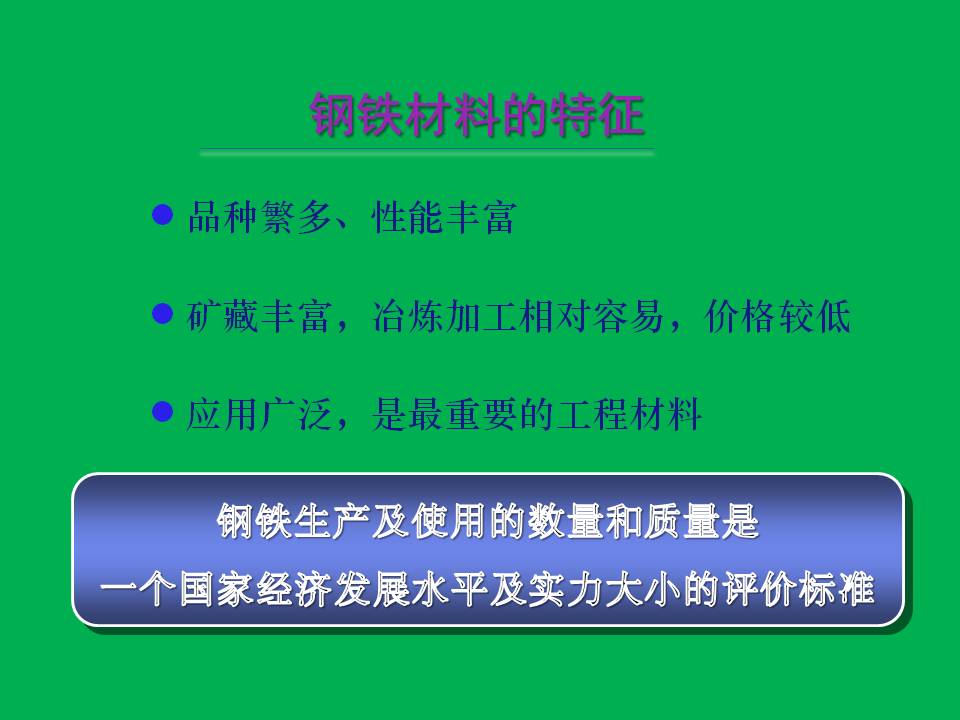Volatile, or vapor-phase, corrosion inhibitors (VCI) are among the most promising classes of corrosion inhibitors for creating nanosized ecologically safe coatings on metals. Application of VCIs is justified almost in all cases where it is possible to seal, at least partially, the space to be protected. A VCI evaporates, reaches a metal surface as vapor, adsorbs on the metal and saturates the surface water phase, thus ensuring metal protection. VCI vapors penetrate crevices and gaps that are inaccessible to other means of corrosion protection.
However, under real conditions, unintentional loss of sealing of a space being protected often occurs, which results in VCI desorption from the metal surface as its concentration in the air decreases. It could be expected that the protective properties of nanosized coatings formed on a metal by a VCI might be improved by enhancing the irreversibility of their adsorption, which largely depends on the hydrophobic properties of the adsorption film formed on metal surfaces and on the stability of the inhibitor film formed. This can be implemented if VCIs are used in combination with organosilicon compounds (silanes) that can be hydrolyzed by water vapor and then undergo partial polymerization.
In this paper, we studied the formation of nanosized layers on steel specimens upon adsorption of VCIs and certain volatile organosilicon compounds from the vapor phase. The adsorption of VCI and silanes was studied by ellipsometric method using a Gartner ellipsometer, which was updated to achieve light beam modulation and to refine the recording of light radiation. An LSM-S-111-10-NNP25 solid-state laser with diode pumping and a wavelength λ = 540 nm was used as the radiation source. The accuracy of measuring the polarizer and analyzer angles was ±0.05 degrees. In order to form a stable air-formed oxide film, each specimen was kept in the cell for 24 h and then the compound of interest (0.3 g) was introduced through an opening in the lid; the opening was then sealed and ellipsometric angles Δ and Ψ were measured. The angles were recorded for 3 hours during the first day, then once a day for another 7 days. To study desorption, the lid was opened, the remaining compound was removed, the windows were wiped out, and the Δ and Ψ angles were measured. The values of N and d were calculated using the McCrackin's program.
It has been found that the adsorption of silanes on a metal surface pre-exposed to VCO vapors improves the adsorption and protective capability of the film. The layer-by-layer application of the VCI and silanes onto the metal determines the irreversibility of their adsorption. However, if a film on a metal specimen is first formed in silane vapors and then a VCI is adsorbed, the beneficial effect of layer-by-layer passivation is not observed.
Corrosion tests in an industrial environment conformed the high efficiency of VCI-silane combinations.
中国腐蚀与防护网官方QQ群:140808414
《中国腐蚀与防护网电子月刊》征订启事
摘要阅读联系:郭静 电话:010-82387968-802
QQ: 815397784 邮箱:guojing733@163.com

官方微信
《中国腐蚀与防护网电子期刊》征订启事
- 投稿联系:编辑部
- 电话:010-62313558-806
- 邮箱:fsfhzy666@163.com
- 中国腐蚀与防护网官方QQ群:140808414




